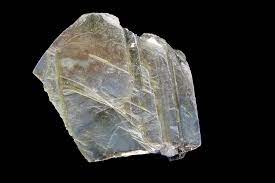
|
Cut Mica Plates for Mica Capacitors
|
Radiation Insulation
|
Transistor and Semi-Conductors
|
|
Silvered Mica Plates
|
Radiation Pyrometers and Thermal Regulators
|
Communication Devices
|
|
Mica Capacitors
|
Resistance and Potentiometers Cards
|
Accoustics Aparatus, Detonators, Radiophone, Gramophone, Sound Boxes, Head Phones, LoudSpeakers
|
|
Radio & Television Tubes
|
Primary and Secondary Insulation
|
Steam Boilers
|
|
Guided Missiles
|
Bushing and Tubes
|
Quarter Wave Plates for Optical Instruments
|
|
Microwave Tube Windows
|
Televisions
|
Marker Dials for Navigation compasses
|
|
Target and Mosaic Mica for Telecasting Industry
|
Geiger Counter for Radio
|
Goggles
|
|
Missiles and High Speed Aircraft Randoms and Canopies
|
High Tension Coil of Radars
|
Diaphragms for Oxygen Breathing Equipment
|
|
Jet Engines
|
Telephone
|
Windows for Anthracite Gas or Petromax Lamps and Kerosene Stoves, Isinglass, Furnace, Peepholes, Heat Screens, Metalurgical Furnaces and Kilns, Canopies, Shields, smoke Helmets, Diver Helmets, Gas Masks, etc.
|
|
Interlayer Insulation for Transformer Coils
|
High Voltage Lamps
|
|